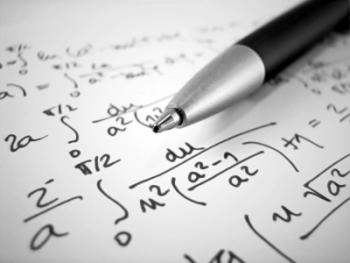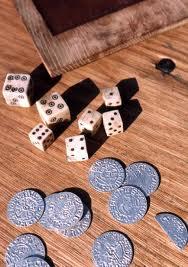Probability theory is concerned with analyzing random phenomena such as dice rolls, coin flips, and slot machines. It is the basis of the mathematical field of statistics. Probability theory considers both discrete and continuous events. An example of a question concerning discrete events would be: “Heads or tails?” An example of a question concerning continuous events would be: “What time will the train arrive?”
Probability theory starts by considering a sample space of an event. A sample space is simply the set of all possible outcomes. For example, for a fair die, when rolled, the sample space is {1, 2, 3, 4, 5, 6}. Probability is simply assigning each of these events in the sample space a value between zero and one, with the whole sample space's probabilities summing to one. The probability indicates the likelihood of an event. In this case, each event has the same probability of one sixth.
Furthermore, the law of large numbers is a theorem that has risen from this basic foundation of probability theory. The law of large numbers simply states that as a sample grows larger and larger, the average result will converge towards the expected outcome of the probability distribution. In this case, it would mean that as you roll the dice more and more times, the running average will approach three and a half.
© BrainMass Inc. brainmass.com June 30, 2024, 9:24 am ad1c9bdddf

